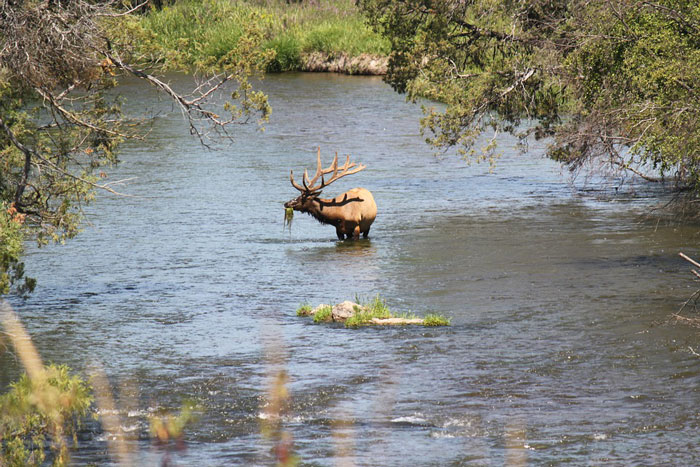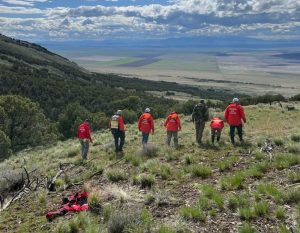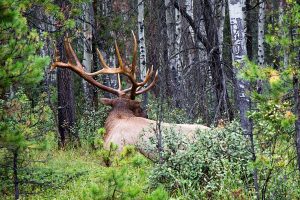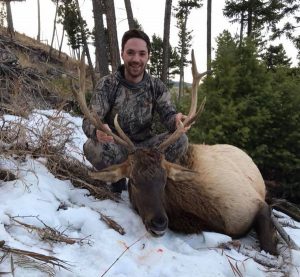Located just over 3 miles north of Kodiak Island in the Kodiak Archipelago lies Afognak Island. With a land area of nearly 700 square miles, it is ranked as the 18th largest island in the United States.
While relatively unknown to those who have yet to visit it, the island is home to brown bears, elk and Sitka black-tailed deer, attracting both hunters and anglers to the island on an annual basis.
In cooperation with partners from Kodiak native corporations, the Alaska Fish and Game Department is kicking off a two and a half year, $1.8 million study they hope will lead to a long-term forest management strategy.
The focus of the study will be to study the effects of activities such as logging on the native wildlife, focusing on the island’s population of Roosevelt elk.
“It’s kind of a patchwork of units across the island, and so what we’re interested in looking at is how does that impact animal movements and resources?” Fish and Game area wildlife biologist Nate Svoboda told KMXT.
Studying how elk on the island utilize the variety of terrain through the seasons will be vital to the study’s success. As such, through the use of radio-collared elk, they hope to gain a better understanding as to how the animals utilize different areas of the landscape in the winter months.
“In the winter time, there’s been some research that some of these animals, elk, in particular, need wind-firm stands, so in these harsh winters that we have where we get a lot of snowfall or high winds there’s been some research that suggests that elk need these wind-firm stands so they can go to get thermal covering, be in these warmer areas out of the elements.”
In addition to tracking elk movements, the department is also concentrating on the area’s population of brown bears. In addition to learning how bears move about the island, they are expecting to gain some insight into what impact, if any, bears are having on the population of elk.
Svoboda went on to describe the difficulty in collaring large bears, who are difficult to collar, given their thick necks and comparably smaller heads.
“It’s like putting a collar on a funnel. They can get it off pretty easy. And so, after we put 40 collars out, we went back and looked at the data, and about 15 of those collars had already slipped off in a matter of two weeks.”
Given the circumstances, he noted that the team will likely focus on collaring female bears but want to ensure that if the animal wants to remove the collar, they are able to. While tracking the movements of the collared animals, researchers are also set to begin collecting stool, hair and blood samples and weigh all captured animals.




